50+ SAMPLE Research Analysis Report
-
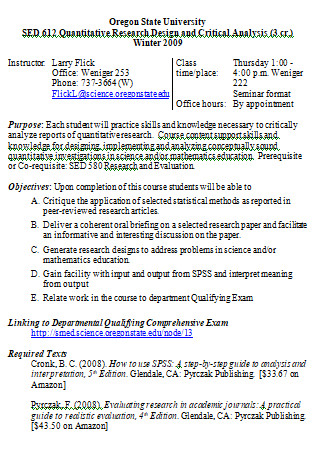
Research Design Analysis Report
download now -
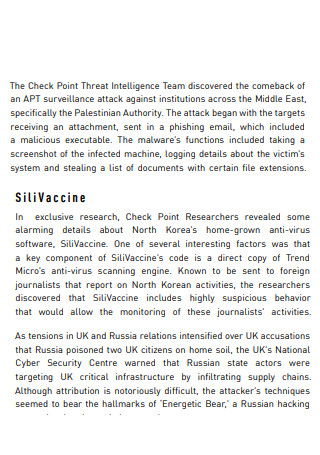
Cyber Research Analysis Report
download now -
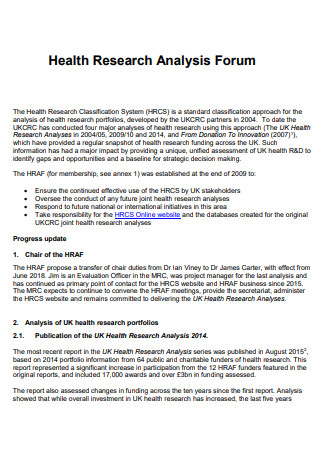
Research Analysis Forum Report
download now -
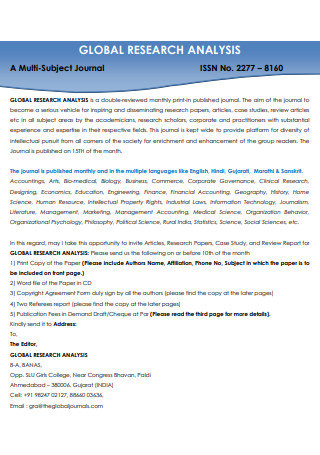
Global Analysis Research Report
download now -
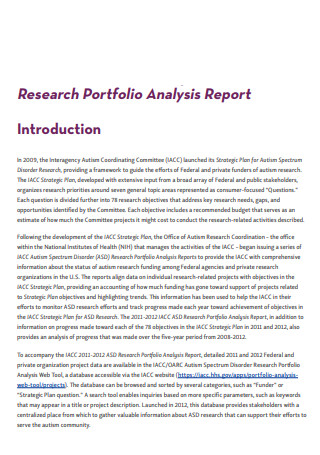
Research Portfolio Analysis Report
download now -
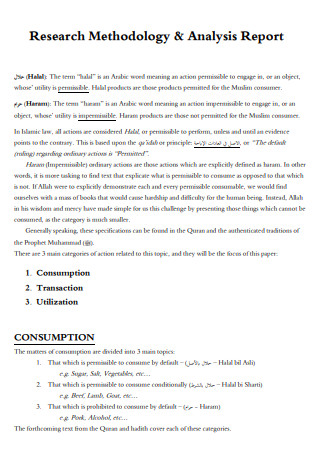
Research Methodology And Analysis Report
download now -

Solar Research Analysis Report
download now -

Market Research Analysis Report
download now -
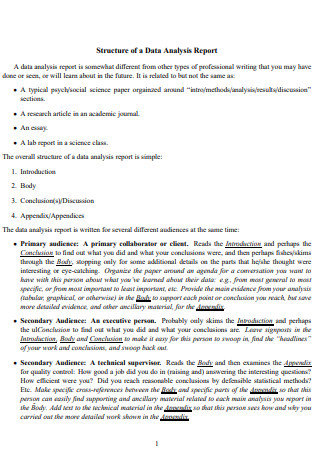
Research Data Analysis Report
download now -
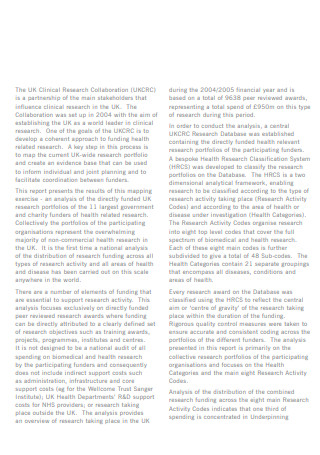
Medical Research Analysis Report
download now -

Field Analysis Research Report
download now -
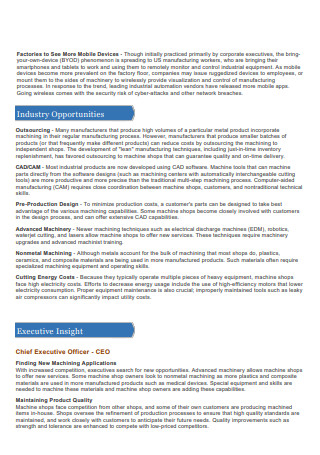
Research Analysis Industry Report
download now -
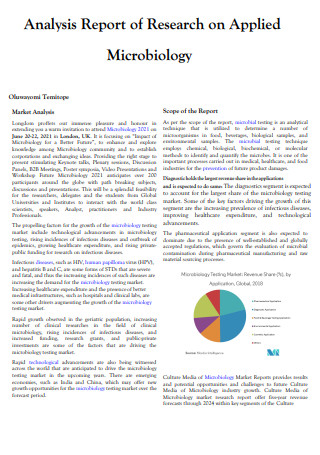
Microbiology Research Analysis Report
download now -
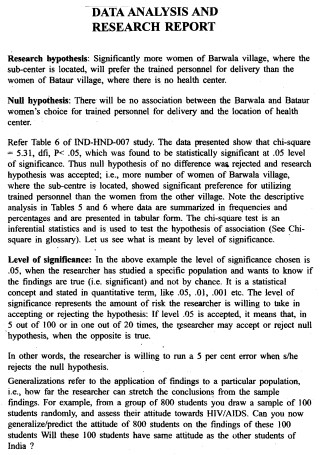
Data Analysis Research Report
download now -
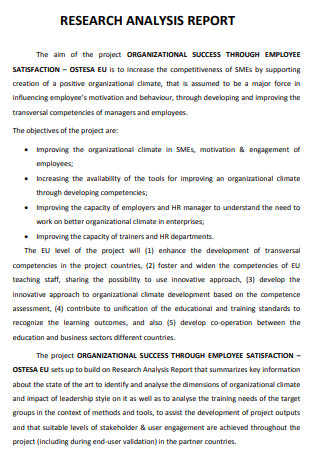
Research Analysis Report
download now -
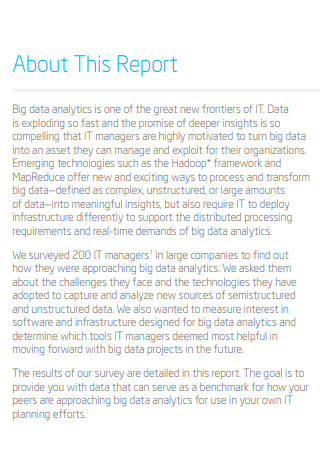
Research Big Data Analysis Report
download now -
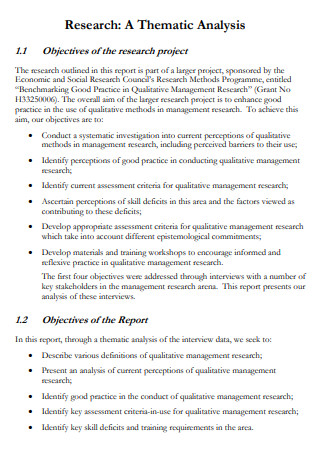
Research Thematic Analysis Report
download now -
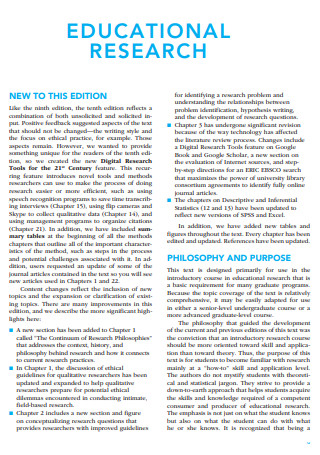
Educational Research Analysis Report
download now -
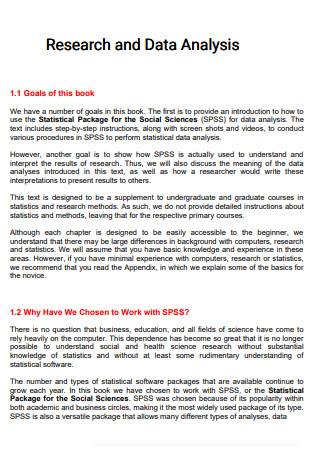
Social Sciences Research Analysis Report
download now -
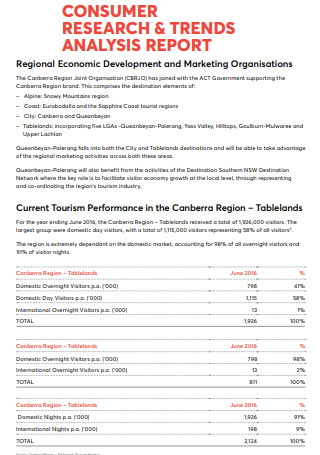
Consumer Research Analysis Report
download now -
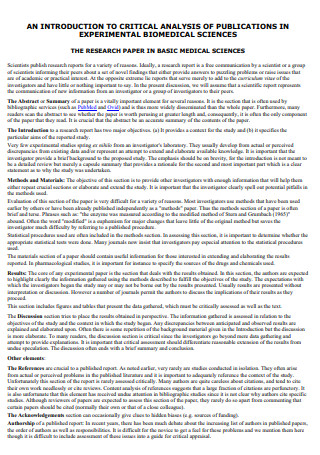
Biomedical Research Analysis Report
download now -
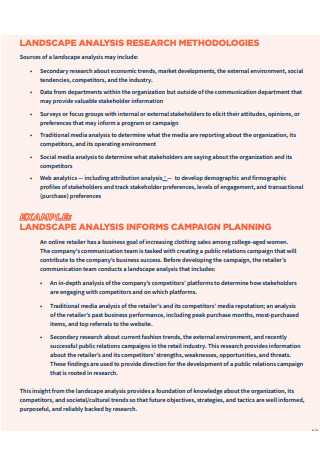
Research Analysis And Evaluation Report
download now -

Company Research Analysis Report
download now -
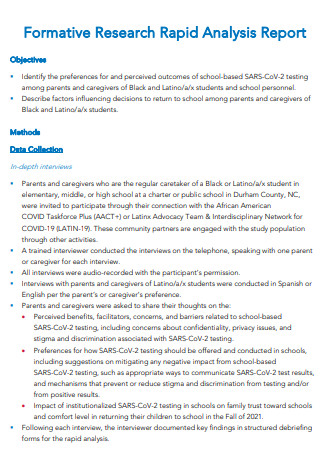
Formative Research Rapid Analysis Report
download now -

Research Water Analysis Report
download now -
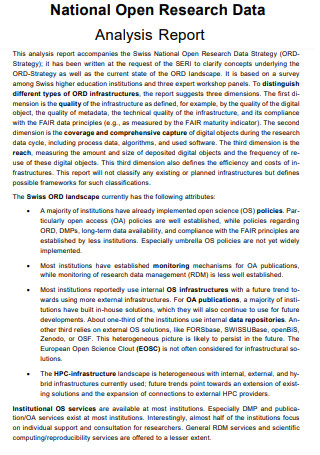
National Research Analysis Report
download now -
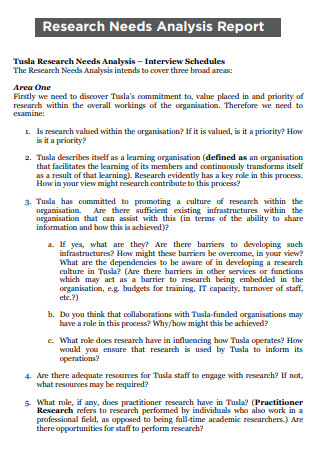
Research Needs Analysis Report
download now -
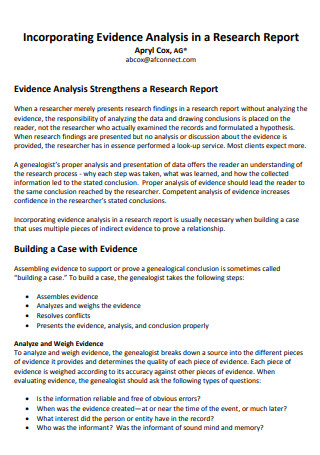
Research Incorporating Evidence Analysis Report
download now -
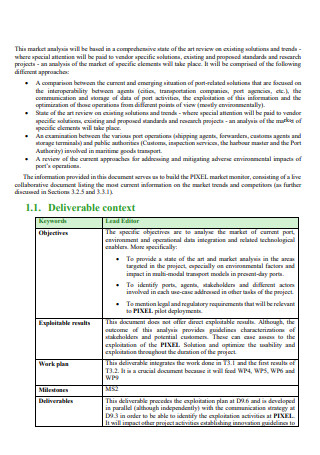
Stakeholders Research Analysis Report
download now -
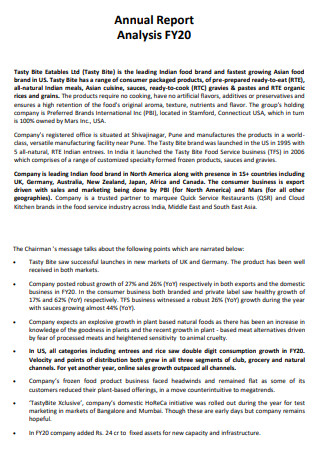
Research Analysis Annual Report
download now -
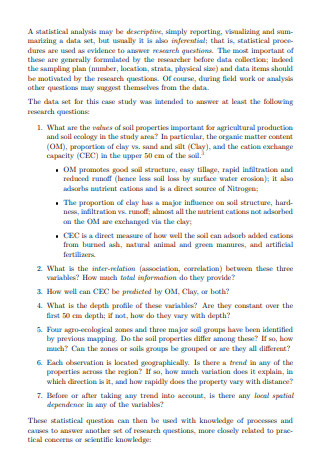
Research Statistical Analysis Report
download now -
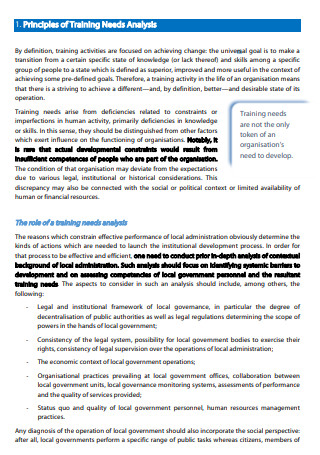
Research Training Analysis Report
download now -
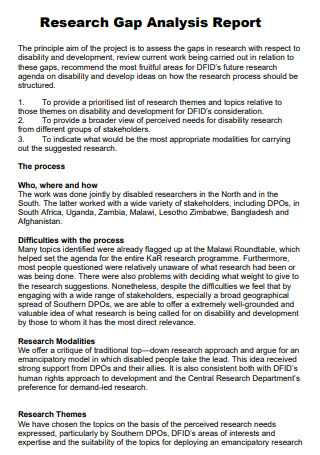
Research Gap Analysis Report
download now -
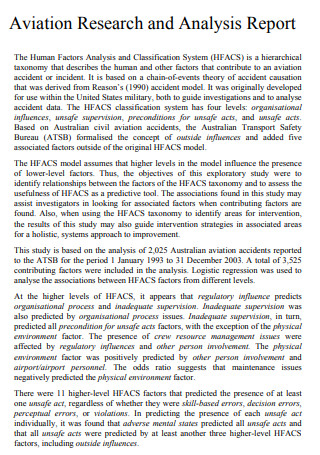
Aviation Research and Analysis Report
download now -
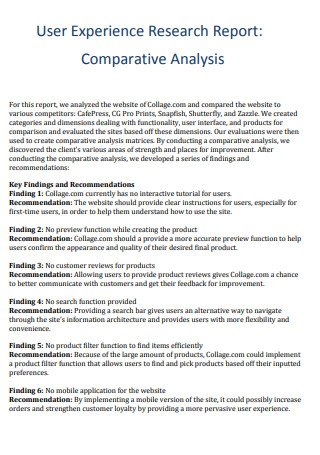
Research Comparative Analysis Report
download now -

UV Disinfection Research Analysis Report
download now -
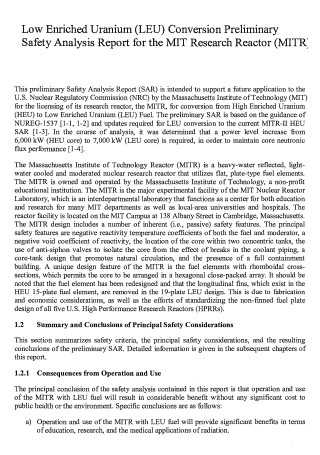
Research Safety Analysis Report
download now -

High-Quality Research Analysis Report
download now -
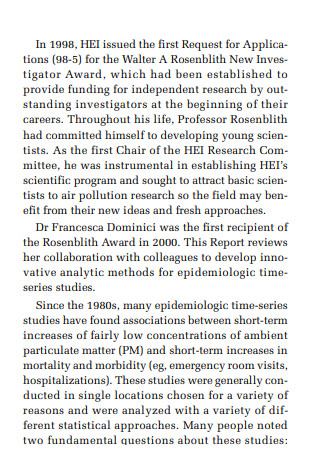
Research Time-Series Analysis Report
download now -
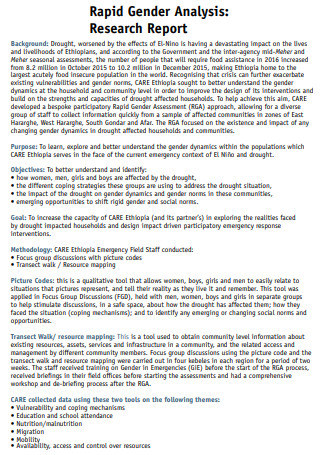
Research Rapid Gender Analysis Report
download now -
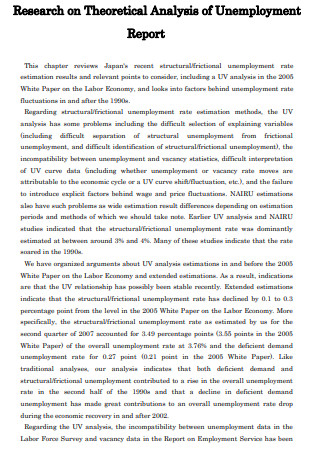
Research Theoretical Analysis Report
download now -

Homicide Research Analysis Report
download now -
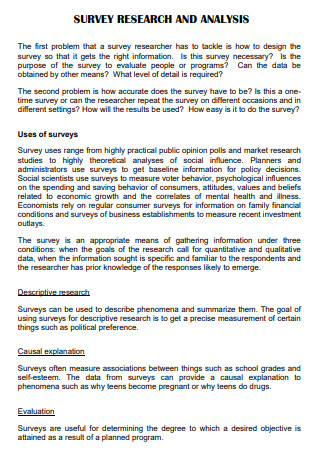
Survey Research Analysis Report
download now -

Research Root Causes Analysis Report
download now -
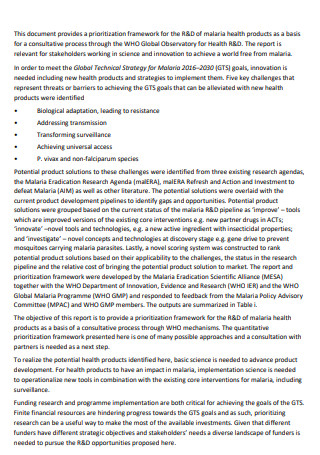
Sample Research Analysis Report
download now -
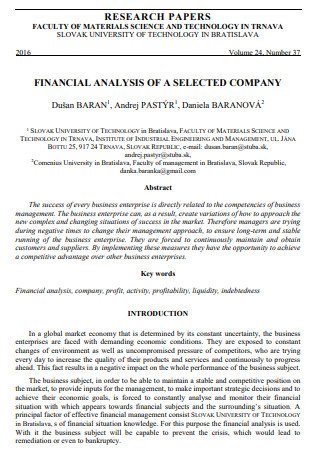
Financial Research Analysis Report
download now -

Hydrological Research Analysis Report
download now -
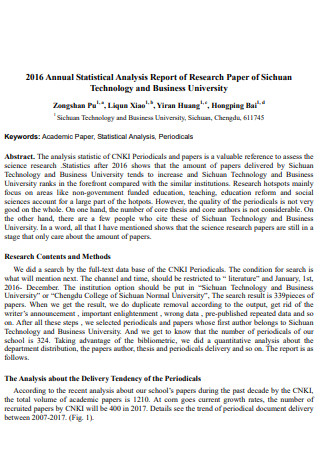
Research Annual Statistical Analysis Report
download now -
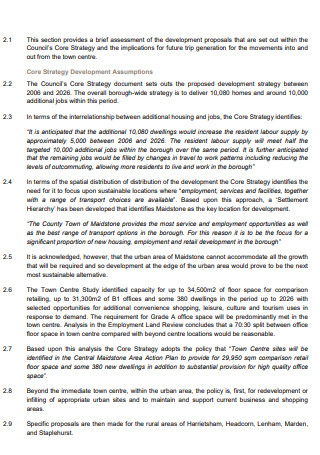
Integrated Research Analysis Report
download now -

Research Systematic Analysis Report
download now -
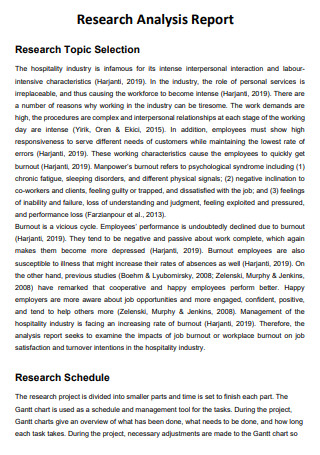
Research Analysis Report Example
download now
FREE Research Analysis Report s to Download
50+ SAMPLE Research Analysis Report
What is a Research Analysis Report?
Different Types of Research Analysis Reports
Basic Elements of a Research Analysis Report
How to Write a Research Analysis Report
FAQs
What are some examples of research analysis reports?
What is the significance of a research analysis report?
What are the essential steps in writing a research analysis report?
What is the difference
What is a Research Analysis Report?
A research analysis report is a clear and well-detailed document that demonstrates conscious inspection and in-depth assessment concerning a particular problem or issue based on the evident perceptions, actual experiences, or behaviors of individuals or groups involved in the situation. This is a crucial report which outlines the level and scope of the matter being analyzed and interpreted. Also, it is a powerful tool in revealing hidden or obscure information which can create a clearer and fuller picture of the issue under analysis.
Decision makers should be informed about the significant aspects and ranges of operational tests and evaluations for the research analysis work. For instance, if an estimated hit rate of 0.80 that reached the requirement was achieved by having an observed hit rate of 1.00 in three scenarios but a hit rate of only 0.20 in the fourth scenario, that might affect a decision about full-rate production. If this type of analysis requires the use of statistical modeling, it should be utilized, and the results of the modeling should be communicated in a way that is accessible to decision makers.
Thus, all types of researchers such as business researchers, historical researchers, academic researchers, medical researchers, and many others should record and analyze their research work through an effective research analysis report for their work and other projects.
Different Types of Research Analysis Reports
In documenting the research analysis of operational test data, research analysts need to focus on calculating means and percentages of measures of effectiveness and performance, and developing significance tests to compare aggregate means and percentages. In this section, you will learn and understand about the different types of research analysis reports because your style and method of report writing is based on the type of research analysis report you are making. To assist you in this matter, we will introduce and explain to you about the different kinds of research analysis reports below:
1. Research Design Analysis Report
Do you need to research and analyze specific areas of research designs and methods? The book Encyclopedia of Research Design stated that choosing a research design that is cost-effective, feasible, and persuasive and that minimizes the probability of making errors requires information about the availability, accessibility, maintenance, care, and cost of subjects. Also, the researcher needs to know how interaction effects can bring evidence of change over time or lead to new discoveries. They should never conduct an experiment and then attempt to fit the data to a certain research design. It is integral to select the research design first, and then gather the data according to the rules of the research design. After that, analyze the issue or problem from multiple perspectives. Developing an effective research design analysis report is important in providing clear insights and interpretations of crucial research design processes such as descriptive research design, correlational research design, experimental research design, diagnostic research design and explanatory research design in order to create worthwhile research projects.
2. Cyber Research Analysis Report
Solving information security issues of ICT assets has become a critical problem. Last 2017, a report showed that cyber crime costs increased with organizations spending nearly 23% more than 2016, being on average about $11.7 million. Additionally, there was a 22.7% increase in cyber security costs from 2016 to 2017. Writing a cyber research analysis report is beneficial in documenting the cyber security threats, and determining how the cybercrime started and why the cybercrime incident started the way it did. Based on the Handbook of Research on Cyber Crime and Information Privacy, the security of today’s technological environments is immensely dependent on the right behavior of the wide array of ICT assets which are utilized to contemplate all types of hardware and software capable of performing computational processing and engaged in information technology and communications activities.
3. Medical Research Analysis Report
Richard Lamm said: “We need to start training more primary health providers and fewer specialists. We will never be able to control health care costs unless we challenge the over-emphasis on medical research, specialists and technology and put more emphasis on delivering good, everyday basic medicine to those who now have none..” Quantitative Research in Human Biology and Medicine stated that medical and biostatistics is a branch of science that utilizes a quantitative approach to, or quantitative logical reasoning on any issue having to do with biology and medicine. The purpose of this method is to elucidate problems by searching interrelations and others. If you are assigned to measure the effectiveness of a specific drug, medical device or process on the human body, creating an analysis report for medical research is useful in providing the endpoints of biological and clinical studies that will greatly contribute in the health and medicine sector.
4. Educational Research Analysis Report
“Educational research is the activity that is directed towards the development of a science of behavior in educational situations. The ultimate aim of such a science is to provide knowledge that will allow the educator to achieve his goals through the most effective methods as defined by J. W. Best. Some of the components of educational research are knowledge of research concepts, statistical literacy, information literacy, research engagement, attitudes towards research and critical thinking skill. If you need to develop and analyze new knowledge about the teaching-learning situation to elevate educational practice, it is crucial to conduct a comprehensive educational research analysis. Preparing a comprehensive analysis report for educational research is an efficient way to gather the fundamental details related to the field of education which will facilitate various aspects of education such as student learning, teaching methods, teacher training and classroom dynamics.
5. Market Research Analysis Report
Erik Mooi, Marko Sarstedt, and Irma Mooi-Reci wrote in Market Research: The Process, Data, and Methods Using Stata that market research can mean several things as it can be the process by which we gain insight into hor markets work and it is also a function in an organization, or it can refer to the results of research like a database of customer purchases, or a report that brings recommendations. Many practitioners and academics are both involved in market research. The practitioners’ target group is the client, whose necessities and standards include practicality, relevance, generalizability, and timeliness of insights. While academics ultimately use market research with the goal of publishing in academic journals. A market research analysis report is a valuable document for business managers, practitioners and academics in terms of formulating methods in their market research work and applying crucial principles.
Basic Elements of a Research Analysis Report
In this section, you will learn how to construct a remarkably written and well-detailed research analysis report. However, a research analysis report has different features. Include the following elementsfor you to create an excellent document:
How to Write a Research Analysis Report
When conducting an analysis, researchers should carefully make honest observations to prevent the falsification and fabrication of data. While interpretation is composed of wide ranging goals, through this method one seeks to comprehend the information put forth in content-bearing material. The diverse theories of interpretation are based on varying concepts of the nature of content and how it should be identified. That’s why the elements of interpretation enter into all observations and then, into all forms of science. Start your research analysis report by writing the introductory section, method section, or the results section before finishing your research analysis. Below are some easy-to-follow tips that indicate how to design and write a professional research analysis report:
Step 1: Conduct a Research Analysis
Take your time researching and analyzing through effective and systematic planning so that you can accomplish your work appropriately and collect data that can be scrutinized and interpreted in an accurate manner to deliver worthwhile conclusions. Thus, create a list of what you need in a research analysis such as materials for analysis, equipment, consumables, facilities and staff, and many others. Next, classify the nature of the data through recording measurements.
Step 2: Design the Structure of the Research Analysis Report
There are many integral areas that you need to highlight in a research analysis report. However, you need to consider designing the overall structure of the research analysis report. It can be a descriptive analysis report, or a comparative analysis report composed of different comparisons of two or more subjects involved in a specific problem or issue.
Step 3: Develop a Thorough Analysis, Clear Interpretation and Demonstrate Results
Analyze the outcomes of the analysis in your research project while developing a thorough examination and assessment. Then, demonstrate the results based on your careful analysis. It is important to report statistics describing the size of the effects, even if the effects are not statistically essential. Tabulate the information by adding up the number of ratings, rankings, yes’s, no’s for each question. For ratings and ranking, take note of computing a mean or average for each question. Make a clear interpretation by putting the information in perspective such as comparing results to what you anticipated, promised results, etc. Consider recommendations to help employees improve the program as well.
Step 4: Write with Accuracy, Conciseness, and Discretion
Ensure that the research analysis report contains an accurate description of all details. Carefully check if the content is clear, concise, and understandable to valuable decision-makers, and ascertain that the analysis report contains sufficient data to establish an authentic relevance of conclusions. Follow a standardized approach in the layout and presentation of the facts.
Step 5: Proofread and Check the Overall Report
Check your entire research analysis report and be sure to fully include all the fundamental points in your report. If you notice that you overlook some sections that require sufficient points, we suggest that you edit and revise the document.
Step 6: Prepare the Final Research Analysis Report
After the proofreading and revision process, you can now prepare the final research analysis report. Add some notes and other key messages you want to convey to your readers on the ending part of your document. Skim your report for final evaluation and quality check.
FAQs
What are some examples of research analysis reports?
Some examples of research analysis reports are research design analysis report, cyber research analysis report, global analysis research report, research portfolio analysis report, research analysis forum report, research methodology and analysis report, solar research analysis report, market research analysis report, research data analysis report, medical research analysis report, field analysis research report, research analysis industry report, microbiology research analysis report, educational research analysis report, social sciences research analysis report, consumer research analysis report, research safety analysis report and more.
What is the significance of a research analysis report?
The significance of a research analysis report is to have a record of crucial information and evidence on an accurate matter, and to develop a thorough analysis and form clear interpretation in order to make an improvement for a particular program or project, to fully understand how a particular program works, and/or to be able to conduct a performance improvement study.
What are the essential steps in writing a research analysis report?
First, plan and conduct a research analysis. After that, design the structure of the research analysis report. Develop a thorough analysis, clear interpretation and demonstrate clear results by using numbers, percentages, tables, graphs, and other simple visual diagrams. Also, write with accuracy, conciseness, and discretion. Proofread and check the overall report. Lastly, prepare the final research analysis report.
What is the difference between an inquiry and a research analysis?
An inquiry is the method of looking for knowledge and information about a certain issue by asking questions and probing. On the other hand, a research analysis is a systematic process of examining a certain issue through careful inspection and interpretation.
Therefore, writing a clear and systematic research analysis report is a significant step in going into eclectic kinds of explorations and discoveries. Writing a research analysis report is beneficial in acquiring new knowledge and carefully disaggregating, categorizing and relating something in order to better understand a specific issue or problem and recording fundamental details. Whether you are preparing to write and interpret a newly collected set of data, explore emerging trends and look into your future work, your plan for research and production shows what you are learning and the quality of your analytical skills and tradecraft. So, here are some of our downloadable and printable research analysis report samples available in different kinds of formats. Simply click the research analysis report templates in this article such as research design analysis report templates, cyber research analysis report examples, research methodology and analysis report templates and others and start downloading now!
